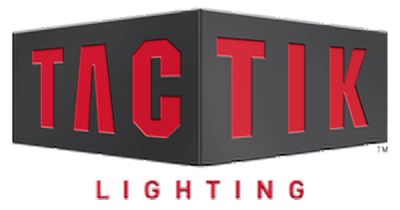Exploring Innovative Options for LED Bulbs That Meet Your Global Sourcing Needs
In the rapidly evolving world of lighting technology, LED bulbs have emerged as a frontrunner, combining energy efficiency with long-lasting performance. As global demand for sustainable solutions escalates, sourcing the right LED bulbs can be a daunting yet crucial task for businesses. This blog aims to explore innovative options that not only meet the technical requirements but also align with your global sourcing needs, ensuring that you make informed choices that can light up your operations effectively.
With advancements in design and functionality, LED bulbs now offer a variety of features that cater to different market demands. Whether it's enhancing energy savings, reducing carbon footprints, or improving lighting quality, understanding the diverse options available is essential for businesses striving for sustainability. Join us as we delve into the various innovative LED bulbs on the market today, and discover how they can not only meet but exceed your expectations in global sourcing.
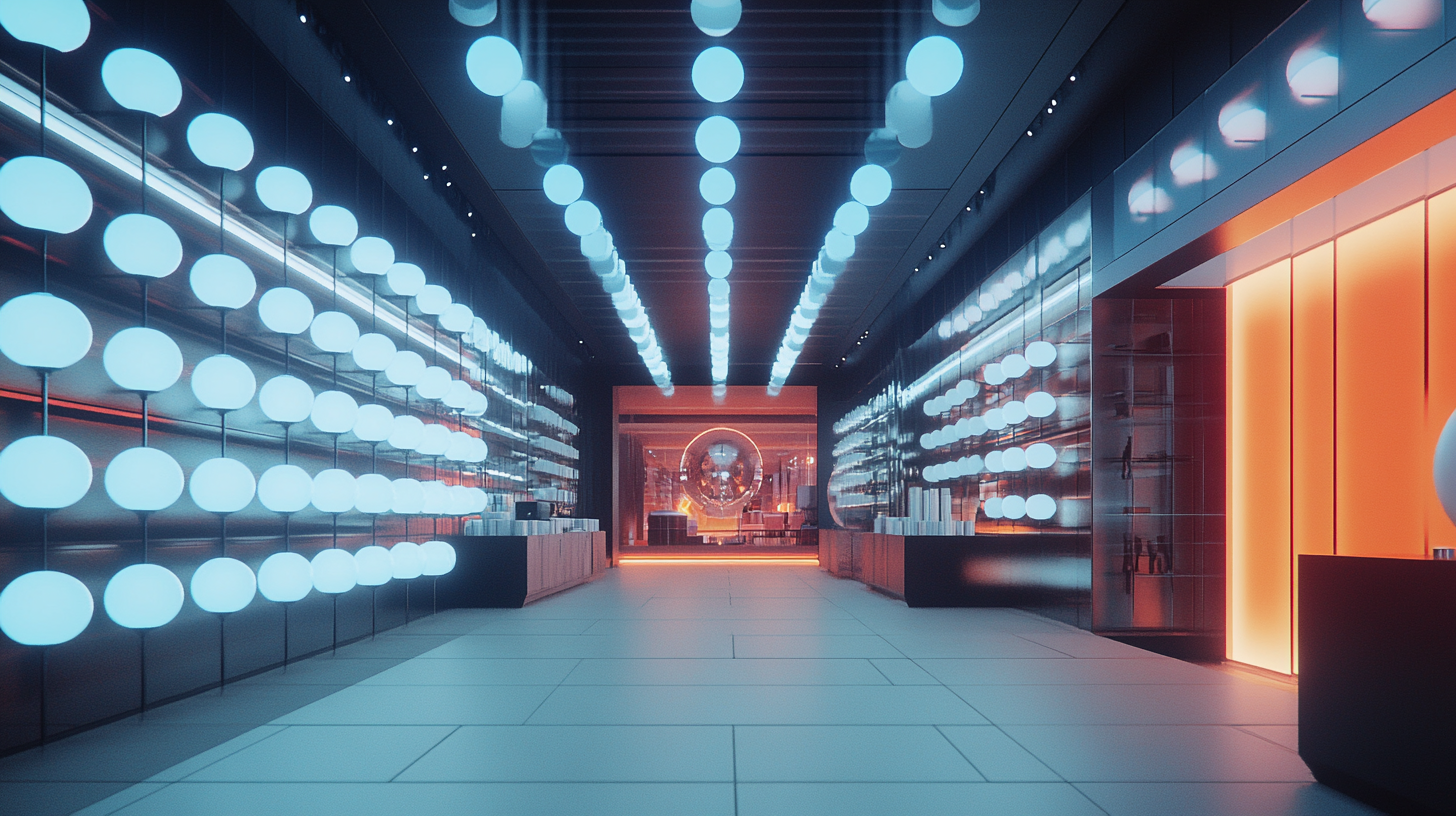
Innovative LED Bulb Technologies Transforming Global Energy Efficiency Standards
The realm of LED bulb technology has undergone remarkable transformations in recent years, especially tailored to enhance global energy efficiency standards. As we face the pressing need for sustainable energy solutions, innovative LED designs are establishing themselves as pivotal players in this journey. Enhanced luminance, longer lifespans, and reduced energy consumption make these bulbs an attractive option for consumers and industries alike. One of the most noteworthy advancements is the introduction of smart LED bulbs, which integrate seamlessly with home automation systems. These intelligent lighting solutions empower users to control their energy usage from their smartphones, optimizing brightness and color temperature according to their needs. By embracing such technologies, individuals and businesses can significantly reduce their carbon footprint while enjoying the flexibility of tailored lighting environments. Moreover, the development of multi-functional LED bulbs goes beyond mere illumination. Recent innovations include color-changing capabilities and built-in speakers, offering a unique combination of lighting and entertainment. These features not only enhance user experience but also emphasize the importance of versatility in modern energy-efficient solutions. As manufacturers continue to explore groundbreaking designs, the potential for LED technology to meet diverse global sourcing needs becomes increasingly viable, driving forward the potential of energy efficiency on a worldwide scale.
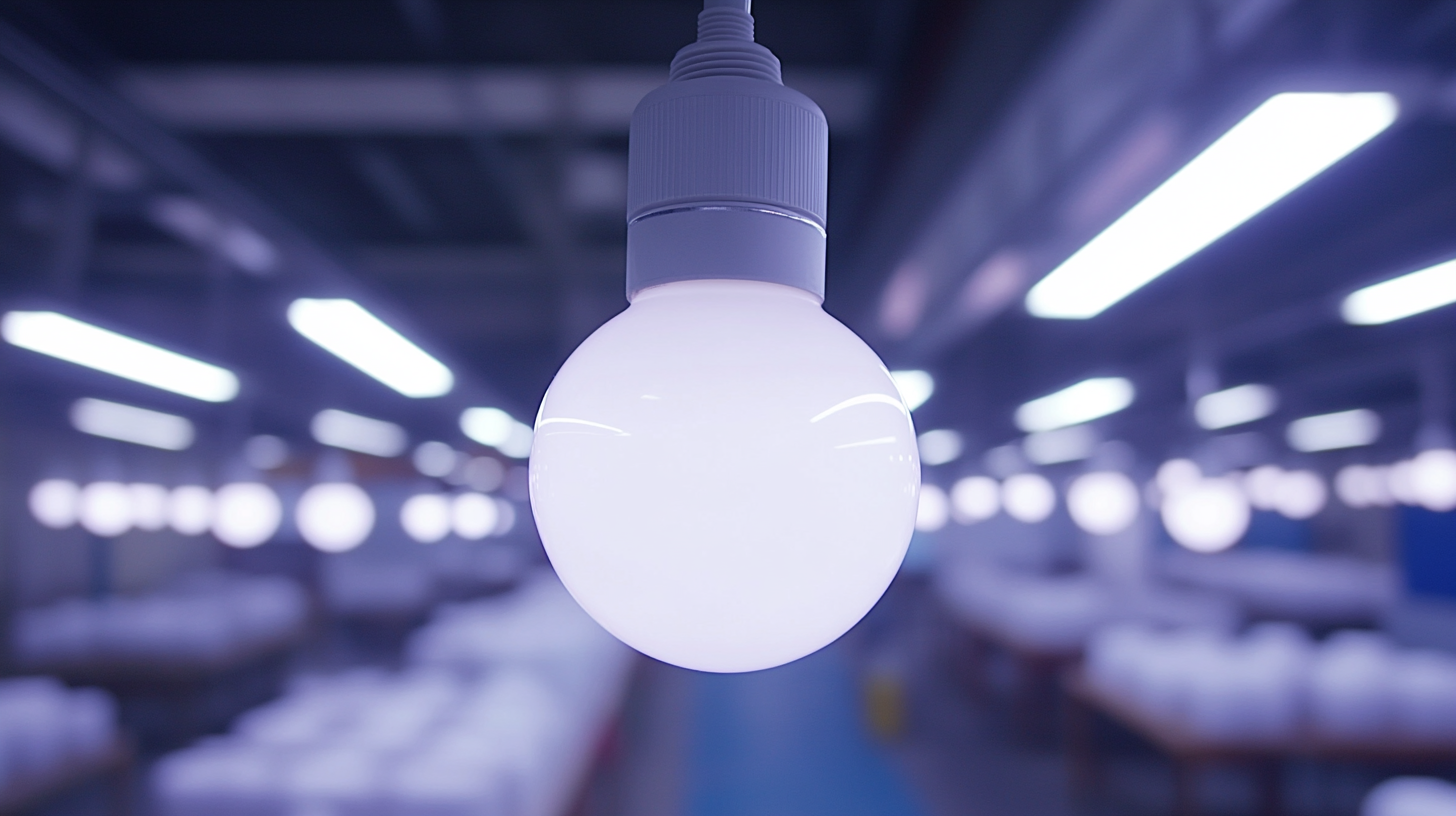
The Growing Demand for Sustainable LED Lighting Solutions in International Markets
The global lighting industry is experiencing a significant shift towards sustainable solutions, reflecting the surging demand for energy-efficient products. As the market for electrical equipment is set to grow from $1660.20 billion in 2025 to an impressive $3326.86 billion by 2032, it is evident that innovation in LED technology is at the forefront of this evolution. Residential lighting fixtures, in particular, are expected to flourish at a CAGR of 8.5% through 2033, fueled by consumers' increasing preference for environmentally friendly options.
This demand for sustainability extends beyond traditional residential applications to outdoor and off-grid solutions, as seen in the solar lighting system market, projected to reach USD 29.17 billion. Such advancements in lighting not only contribute to energy conservation but also align with global objectives aimed at reducing carbon footprints. As countries embrace renewable energy technologies, the market for luminaire and lighting controls is also on track to reach USD 144.5 billion by 2031, showcasing the importance of intelligent systems that enhance energy efficiency.
The rising popularity of UVC LED chips and heat-resistant LED lights further demonstrates a broader trend towards versatile, sustainable lighting options. These innovations are not just technical upgrades; they signify a fundamental shift in how consumers and industries prioritize sustainability in their purchasing decisions. As the global market continues to expand, the innovative options for LED bulbs that meet these demands will play a crucial role in shaping a more sustainable future.
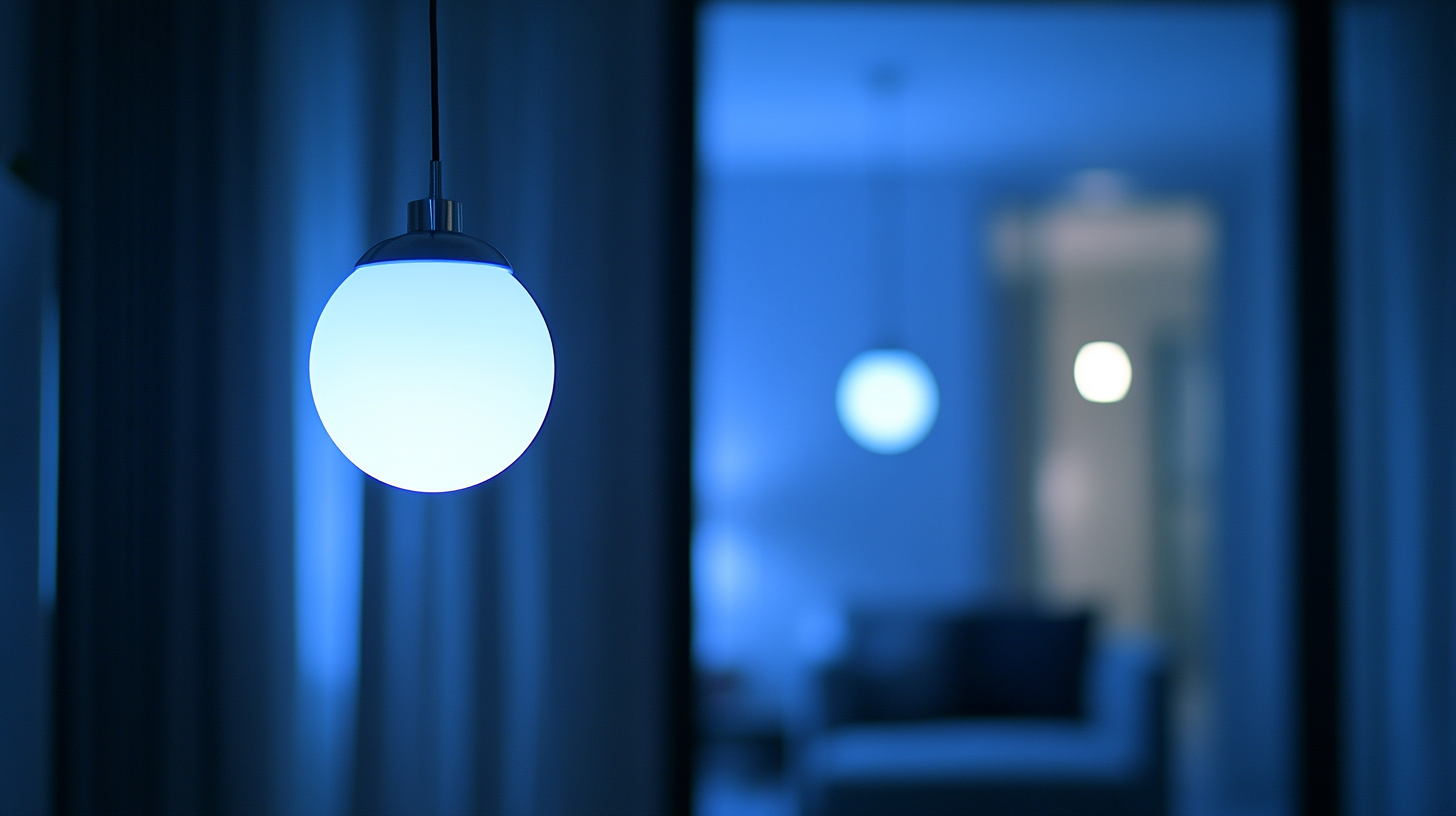
Cost-Benefit Analysis: LED Bulbs vs. Traditional Lighting in Global Sourcing
When it comes to global sourcing, the choice between LED bulbs and traditional lighting solutions is often driven by a cost-benefit analysis. Although the initial investment in LED technology may seem higher, a closer examination reveals significant long-term savings. LED bulbs boast an impressive lifespan, often lasting up to 25,000 hours compared to the 1,000-hour lifespan of incandescent bulbs. This durability not only reduces replacement costs but also minimizes operational disruptions in commercial settings.
Moreover, LED bulbs are remarkably energy-efficient, consuming up to 80% less energy than traditional alternatives. For businesses looking to optimize their sourcing strategies, this reduced energy consumption translates into lower electricity bills and a smaller carbon footprint—key factors in today’s eco-conscious market. Many countries also offer incentives for using energy-efficient technologies, further enhancing the financial appeal of switching to LEDs.
In addition to cost savings, LED lighting provides superior performance. With options for varying brightness and color temperatures, businesses can customize their lighting solutions to enhance ambience and productivity. This adaptability is especially beneficial when sourcing for diverse applications—from retail environments to industrial facilities. Ultimately, a comprehensive cost-benefit analysis clearly demonstrates that investing in LED technology is a forward-thinking choice for organizations that prioritize efficiency, sustainability, and long-term financial health.
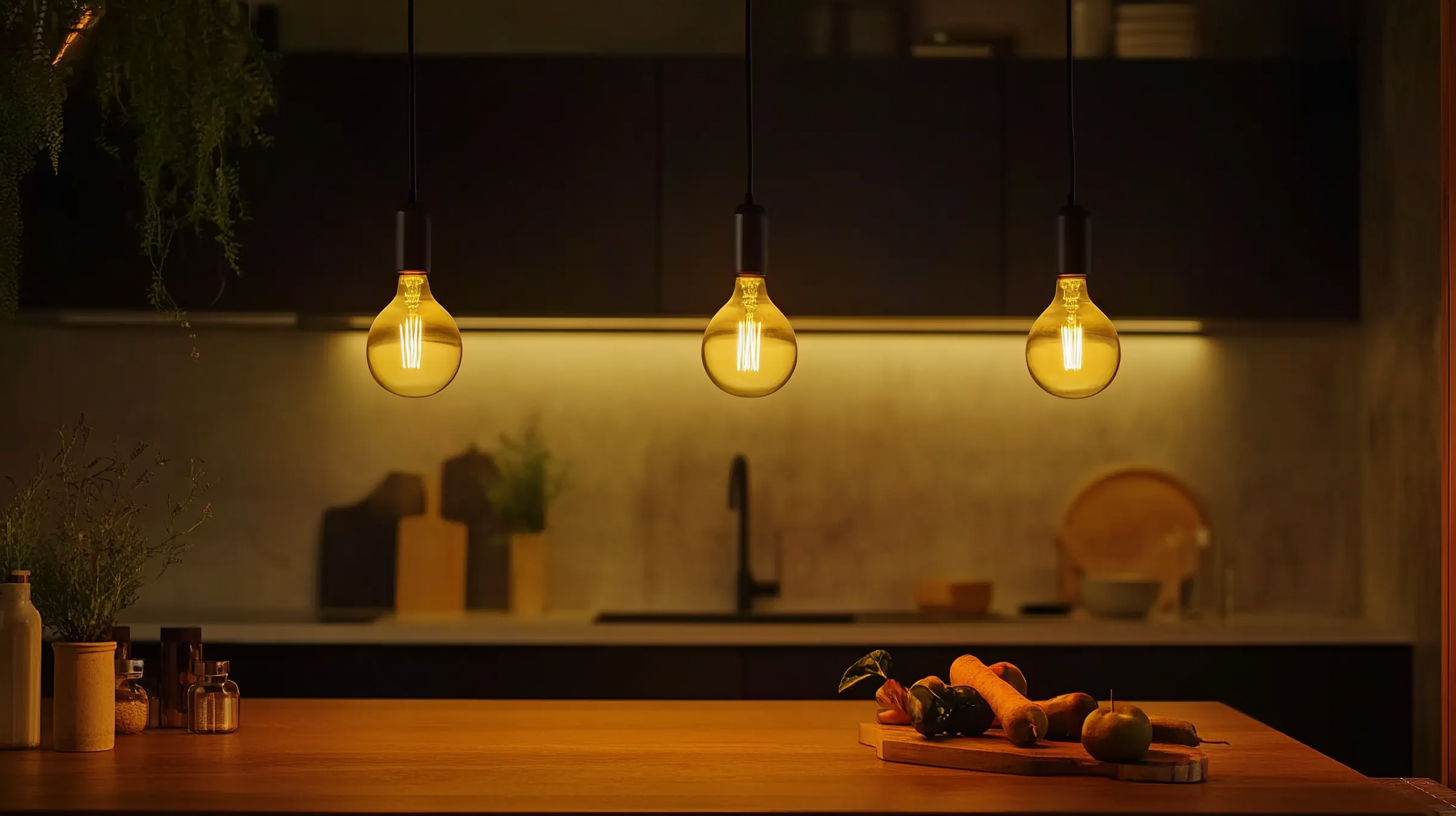
Key Trends Driving LED Bulb Innovation for Diverse Sourcing Requirements
The LED bulb market is experiencing a transformative shift fueled by technological advancements and evolving consumer demands. One of the key trends driving innovation in LED bulbs is the increased focus on energy efficiency. As governments and organizations worldwide prioritize sustainability, manufacturers are responding by developing LEDs that consume even less power while providing enhanced brightness. This aligns with global sourcing needs that seek not only cost-effective solutions but also environmentally friendly products that meet stringent regulatory requirements.
Another significant trend is the customization of LED bulbs for specific applications and environments. As industries adopt more complex and unique lighting needs, manufacturers are exploring innovative designs that cater to various sectors, from agriculture to healthcare. This personalization enables buyers in diverse markets to source products that fit specific requirements, enhancing functionality and operational efficiency. Moreover, incorporating smart technology into LED bulbs, such as network connectivity and automation features, further enriches their application scope, allowing for greater flexibility in sourcing based on technological capabilities.
Additionally, the integration of IoT in LED lighting solutions is becoming increasingly important. Smart LED bulbs equipped with sensors and data analytics not only optimize energy consumption but also provide users with valuable insights into usage patterns. This trend is particularly compelling for businesses looking to enhance their energy management strategies while securing a competitive edge through innovative sourcing options. As these trends continue to shape the LED bulb industry, stakeholders must stay attuned to emerging technologies and adapt their sourcing strategies accordingly.
Regulatory Impact on LED Bulb Development: A Global Perspective on Standards and Compliance
The development of LED bulbs has been significantly shaped by regulatory standards across the globe. These regulations ensure that products not only meet safety and environmental criteria but also conform to energy efficiency benchmarks. As different regions implement varying standards, manufacturers are faced with the complex challenge of navigating these regulations while maintaining innovation in their designs.
For instance, the European Union has established stringent norms through directives like the Ecodesign and Energy Labelling regulations that dictate how energy-efficient products must be. Similarly, the United States has its own set of guidelines, including those from the Department of Energy, designed to promote the use of high-efficiency lighting. These compliance requirements necessitate that companies invest in research and development to align their products with these evolving laws.
Moreover, regulatory bodies are increasingly focused on sustainability, urging manufacturers to adopt environmentally friendly practices and materials. This shift is prompting LED bulb makers to rethink not just the design but also the entire lifecycle of their products. By prioritizing compliance while harnessing innovative technologies, companies can create LED bulbs that not only fulfill regulatory requirements but also appeal to a market that values sustainability and energy efficiency.
